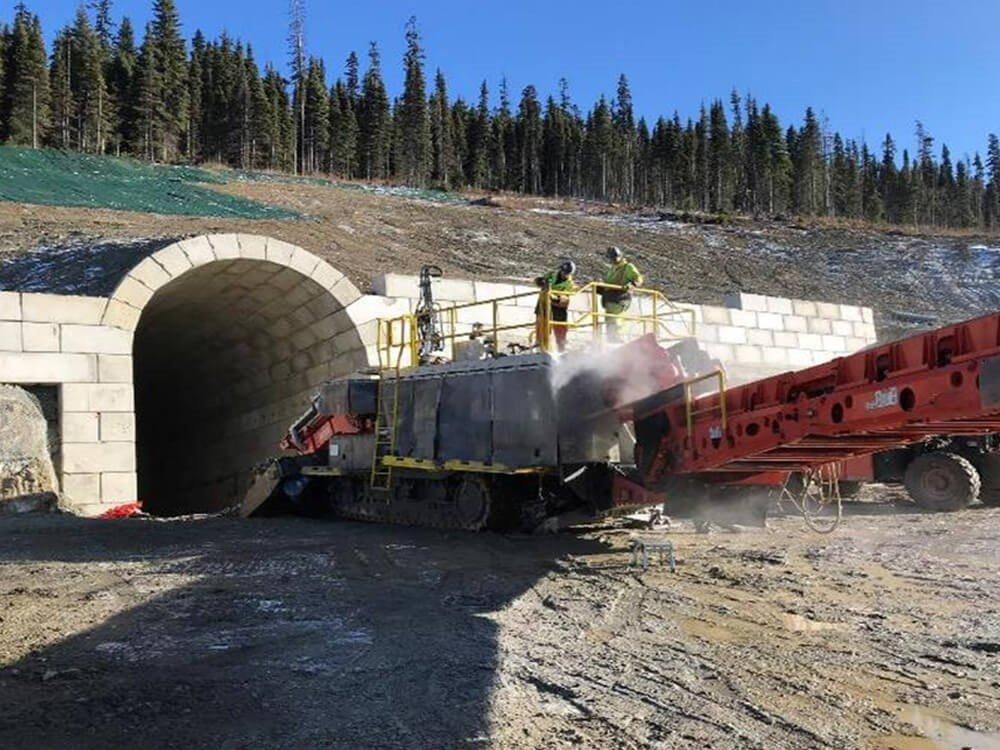The first prolonged and widespread financial crisis in the United States led to a general collapse of the American economy. This continued until 1821. The Panic of 1819 was subsequently the transition from colonial trading status to an independent economy. The market situation after the Napoleonic Wars combined with the enormous issue of paper money.
The Second Bank of the United States was involved in inflationary practices. To avoid the impending dilemma, this bank severely restricted lending. State banks did not issue gold coins from their reserves. There was too much paper money and too little gold. Farms and commercial properties were burdened with high mortgages and the state banks started foreclosures. The result was a financial panic, bankruptcies and mass unemployment. Many Americans no longer believed that central bankers and politicians wanted to fight inflation. The amount of paper money increased enormously, and banknotes quickly lost value.
The banks had therefore granted loans without regard to the available gold reserves. The problem of paper money still exists today. Since the financial crisis of 2008, the Fed has created almost nine trillion US dollars out of thin air through quantitative easing alone. The politician Thomas Jefferson, who was responsible for writing the Declaration of Independence in 1776, warned against this development at the time. Even today, gold is the real money, and investors should remember this and perhaps take a look at the stocks of gold companies.
Chesapeake Gold – https://www.commodity-tv.com/ondemand/companies/profil/chesapeake-gold-corp/ – has gold and silver at its prospective Metates project in Durango, Mexico. This is an enormous undeveloped project.
Osisko Development – https://www.commodity-tv.com/ondemand/companies/profil/osisko-development-corp/ – has its sights set on previously producing gold projects in the USA, Canada and Mexico. The company aims to become a medium-sized gold producer.
Current company information and press releases from Osisko Development (- https://www.resource-capital.ch/en/companies/osisko-development-corp/ -).
In accordance with §34 WpHG I would like to point out that partners, authors and employees may hold shares in the respective companies addressed and thus a possible conflict of interest exists. No guarantee for the translation into English. Only the German version of this news is valid.
Disclaimer: The information provided does not represent any form of recommendation or advice. Express reference is made to the risks in securities trading. No liability can be accepted for any damage arising from the use of this blog. I would like to point out that shares and especially warrant investments are always associated with risk. The total loss of the invested capital cannot be excluded. All information and sources are carefully researched. However, no guarantee is given for the correctness of all contents. Despite the greatest care, I expressly reserve the right to make errors, especially with regard to figures and prices. The information contained herein is taken from sources believed to be reliable, but in no way claims to be accurate or complete. Due to court decisions, the contents of linked external sites are also co-responsible (e.g. Landgericht Hamburg, in the decision of 12.05.1998 – 312 O 85/98), as long as there is no explicit dissociation from them. Despite careful control of the content, I do not assume liability for the content of linked external pages. The respective operators are exclusively responsible for their content. The disclaimer of Swiss Resource Capital AG also applies: https://www.resource-capital.ch/en/disclaimer/
Swiss Resource Capital AG
Poststrasse 1
CH9100 Herisau
Telefon: +41 (71) 354-8501
Telefax: +41 (71) 560-4271
http://www.resource-capital.ch
Telefon: +49 (2983) 974041
E-Mail: info@js-research.de
![]()

